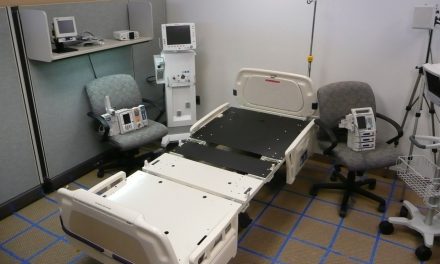Everyone should know by now that Philips introduced a new WMTS network for their telemetry system. My first post was back in January, when Philips updated their website. I saw their new smaller telemetry units last week at AAMI/NTI and learned that Philips can currently support up to 512 devices on the network. They have plans to support up to 1,000 devices by year end.
Word is that Philip's network made a big splash at AAMI this week in Tampa. This week both Philips and Cambridge Consultants, their development parter for the network, issued press releases highlighting the network and updated telemetry system. I caught all this new PR activity via MedGadget's update, here.
All of this raises lots of interesting questions about medical device networking in hospitals, like:
- Why do hospitals need both ISM (used by smart pumps, vents and multi parameter patient monitors) and WMTS (used for telemetry), and
- Just how many wireless infrastructures hospitals will have to adopt to support data collection for EMRs, alarm notification, surveillance and remote device support across all the different types of devices found in patient care areas, and finally
- What is the real difference between mission critical networks and life critical networks, and must they be physically separate?
UPDATE: An interesting comment below (click the blue comment link) from Dave Hoglund. I agree that established vendors with large market share have every incentive to create "solutions" that lock in customers with high switching costs; this helps preserve their market share. Rumor has it that at least one of the big medical device vendors is lobbying the FCC to give WMTS more bandwidth so they can pursue this strategy.



Recent Comments